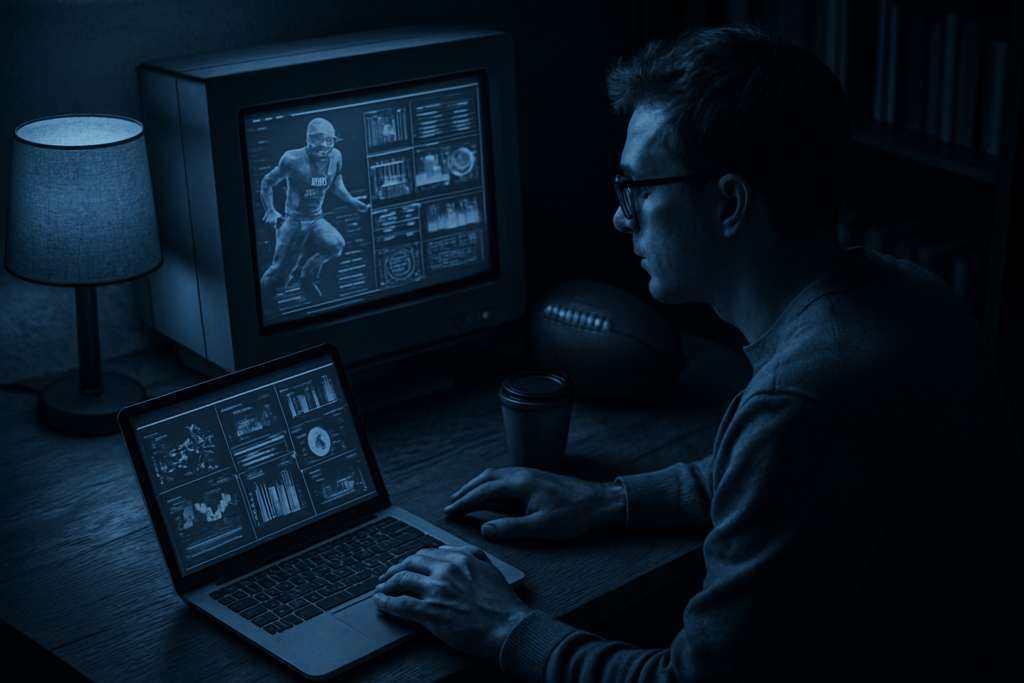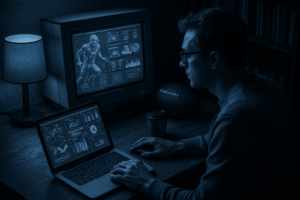Weather Forecasting: A Revolutionary Tool in Modern Society
In today’s fastpaced world, accurate and reliable weather forecasting has become an essential tool for individuals, businesses, and governments alike. The ability to predict the weather with a high degree of accuracy can save lives, prevent disasters, and help us plan our daytoday activities more efficiently. Thanks to advancements in technology and the work of meteorologists, weather forecasting has never been more precise or reliable.
The History of Weather Forecasting: From Superstition to Science
Weather has been a source of fascination and fear for humanity since the dawn of time. In ancient times, people relied on superstitions, folklore, and simple observations of nature to predict the weather. It wasn’t until the 19th century that weather forecasting began to take on a more scientific approach. The invention of the telegraph and the barometer allowed meteorologists to gather data from remote locations and make more accurate predictions. Today, with the help of satellites, radar systems, and computer models, weather forecasting has become a highly sophisticated and precise science.
The Role of Technology in Weather Forecasting
One of the key advancements in weather forecasting has been the use of technology to gather and analyze data. Satellites orbiting the Earth provide realtime information on temperature, precipitation, and wind patterns. Doppler radar systems can track storms and predict their movement with accuracy. Supercomputers are used to run complex models that simulate the Earth’s atmosphere and predict future weather conditions. These technological advancements have revolutionized the field of meteorology and made weather forecasting more reliable than ever before.
The Importance of Weather Forecasting in Modern Society
Weather forecasting plays a crucial role in a wide range of industries and activities. Airlines use weather forecasts to plan flight routes and avoid turbulence. Farmers rely on weather predictions to determine when to plant and harvest their crops. Emergency services use weather information to prepare for natural disasters such as hurricanes and tornadoes. Even everyday individuals use weather forecasts to plan outdoor activities, pack for a trip, or decide whether to bring an umbrella to work. In short, weather forecasting affects nearly every aspect of our lives, whether we realize it or not.
Challenges and Limitations of Weather Forecasting
Despite all the advancements in technology and science, weather forecasting is still an inherently uncertain and complex process. The Earth’s atmosphere is a chaotic and constantly changing system, which makes it difficult to predict with absolute certainty. Meteorologists must deal with factors such as the influence of oceans, mountains, and other geographical features on weather patterns. Additionally, unexpected events such as the sudden formation of thunderstorms or the intensification of hurricanes can challenge even the most sophisticated forecasting models. Despite these challenges, meteorologists continue to improve the accuracy of their forecasts through ongoing research and the development of new technologies.
Conclusion
In conclusion, weather forecasting has come a long way from its origins in ancient superstitions to its modern, scientific form. Thanks to advancements in technology and the dedication of meteorologists, we now have access to accurate and reliable weather predictions that can help us navigate our increasingly complex world. From planning a picnic to preparing for a hurricane, weather forecasting has become an indispensable tool in our daily lives. So the next time you check the weather forecast on your phone or watch the nightly news, remember the centuries of scientific progress and technological innovation that have made it all possible.
Written by Jenoorni







